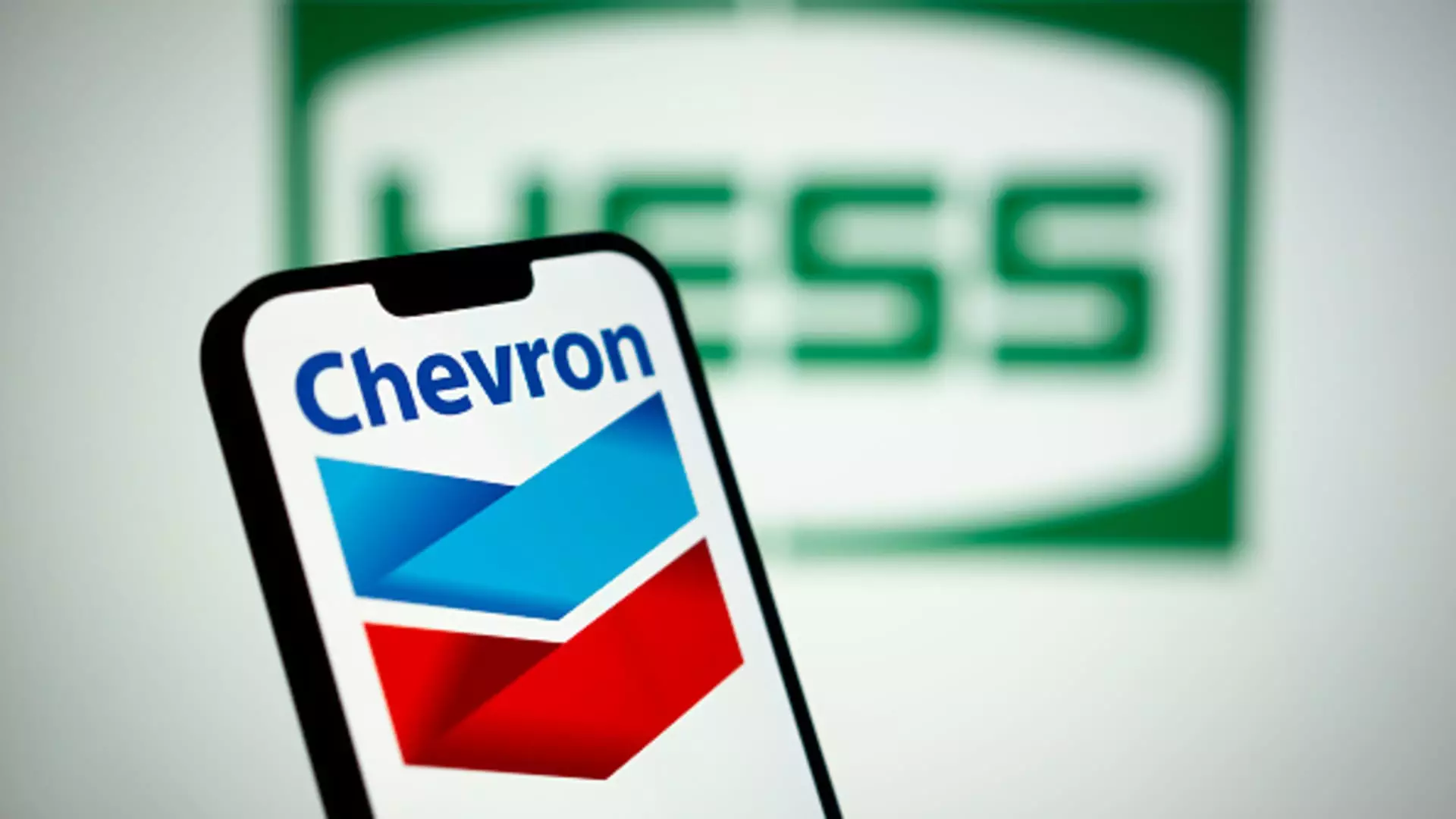Chevron’s recent earnings report for the third quarter has drawn attention as the oil giant both surpassed market expectations and faced significant year-over-year declines. The company reported an adjusted earnings per share (EPS) of $2.51, edging out analysts’ predictions of $2.43. Revenue reached $50.67 billion, surpassing the forecast of $48.99 billion. However, these numbers mask a more complex financial picture, as Chevron’s net income plummeted by 31% compared to the previous year, reflecting broader trends in the energy market, including reduced refining margins and unfavorable pricing conditions.
Despite the decline in profits, Chevron returned an impressive $7.7 billion to its shareholders in Q3, consisting of $4.7 billion in share buybacks alongside $2.9 billion in dividends. This remarkable return demonstrates Chevron’s commitment to shareholder value, even as operational profits tighten. Investors responded positively, with shares climbing 2.6% in premarket trading following the earnings release. This rise might suggest confidence in the company’s governance and strategies, particularly in light of the aggressive cash distribution.
Chevron is actively working to recalibrate its asset portfolio, with plans to dispose of non-core assets in Canada, Congo, and Alaska by the end of 2024. This move is indicative of a strategic pivot to streamline operations and refocus on more lucrative areas, notably the Permian Basin, where Chevron recorded a notable increase in oil production—3.36 million barrels of oil equivalent per day, marking a 7% rise from the previous year. These strategic asset sales could yield necessary capital for reinvestments and potentially shield the company from the volatility plaguing the broader oil market.
Furthermore, Chevron’s roadmap includes aggressive cost-cutting measures, targeting $2 billion to $3 billion in reductions from 2024 to 2026. Such a plan demonstrates a proactive approach to restructuring in the face of economic uncertainty and fluctuating oil prices. By focusing on efficiency, Chevron aims to navigate the challenges posed by global energy dynamics while positioning itself for sustainable, long-term growth.
Buoyed by cash flows, Chevron’s planned $53 billion acquisition of Hess Corp. continues to be a focal point of discussion. While the Federal Trade Commission has authorized the acquisition, it simultaneously restricted John Hess’s participation on Chevron’s board, raising eyebrows about the strategic alignment of leadership in this deal. Additionally, Chevron is currently embroiled in a dispute with Exxon Mobil regarding Hess’s valuable assets in Guyana, which could further complicate the acquisition’s finalization. Should Exxon prevail in its claim, Chevron may face hurdles in solidifying this significant expansion effort.
Chevron’s third-quarter results reflect resilience amid industry challenges—meeting shareholder expectations through substantial cash returns while managing a strategic transition through asset sales and cost reductions. The impending acquisition of Hess represents both an opportunity and a point of contention that could shape Chevron’s future. As the energy landscape continues to evolve, monitoring these developments will be crucial for stakeholders and investors alike.

